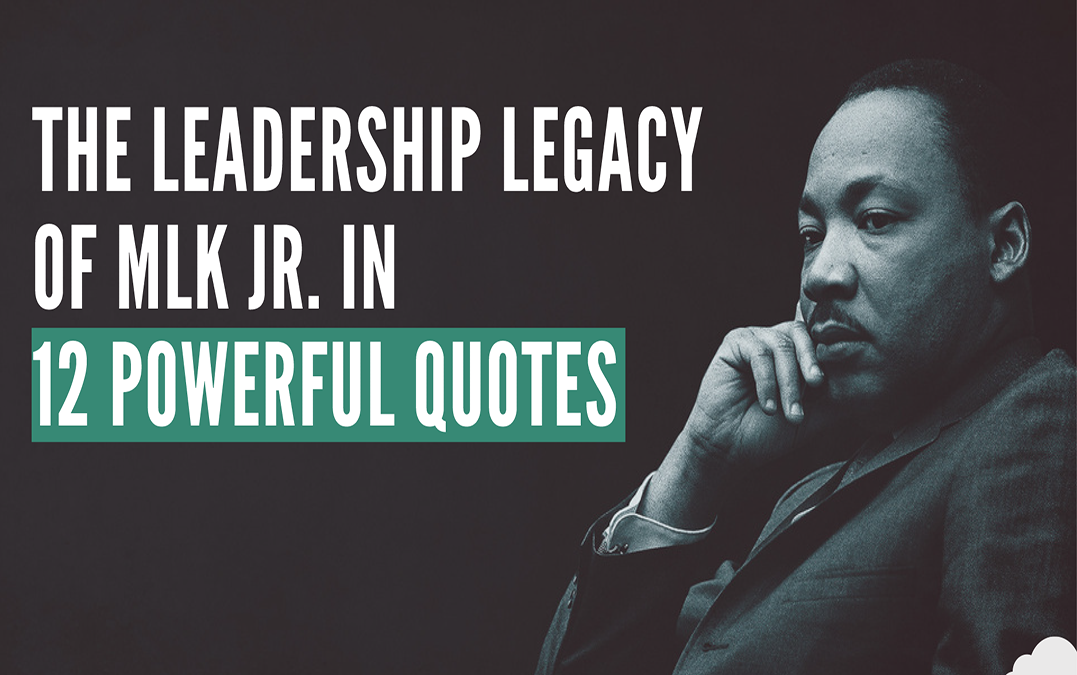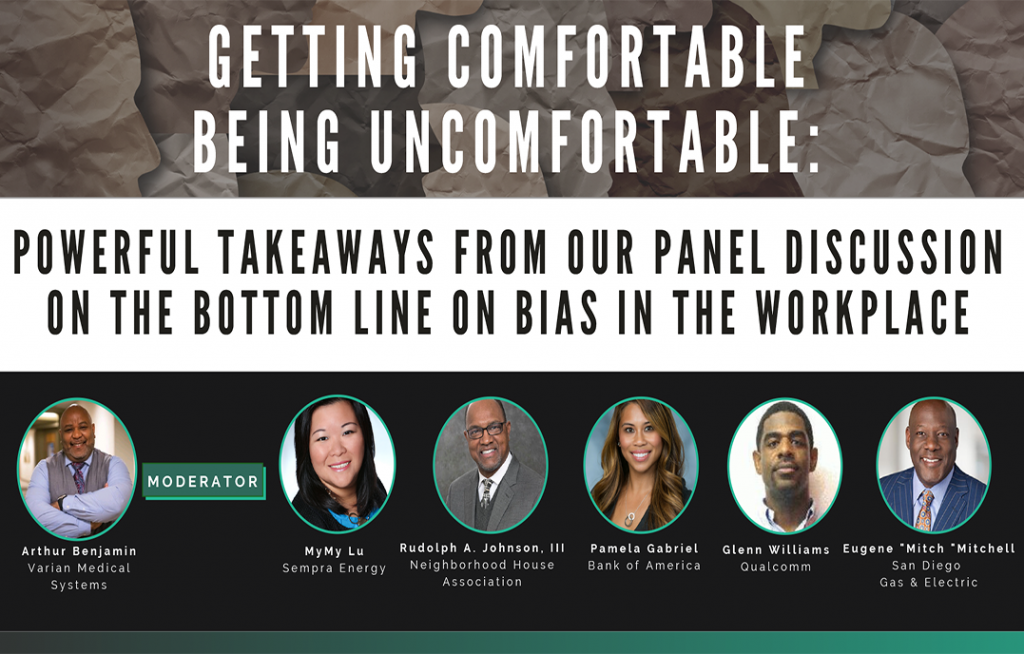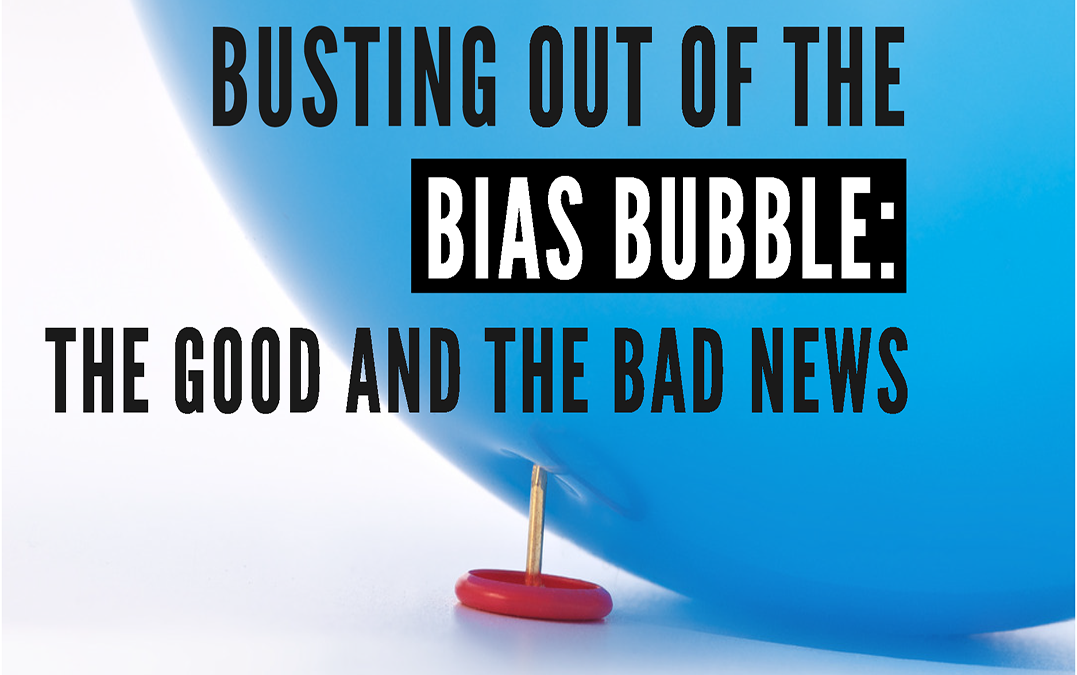
Diversity, Equity, Inclusion
Last week, Martin Luther King, Jr. would have turned 92. While it is customary to look to our elders for sage advice, King knew that he was walking a path of imminent danger, but that his words could not be silenced by a bullet. Before his assassination at age 39, King reached deep within himself to find messages that would ring as clear and true today as they did during the turbulent times in which he was called to lead.
Here are 12 quotes from 1960 (at age 31) to 1969 (the night before he was killed eight years later) that are part of Dr. King’s enduring legacy.
1. In the final analysis, the question will be, “What did you do for others?”
(Three Dimensions of a Complete Life, Sermon delivered in Pasadena, CA, February 28, 1960.)
2. I am convinced that men hate each other because they fear each other. They fear each other because they don’t know each other, and they don’t know each other because they don’t communicate with each other, and they don’t communicate with each other because they are separated from each other.
(Lecture given at Cornell College, Mount Vernon, Iowa, October 15, 1962.)
3. History has proven that social systems have a great last-minute breathing power, and the guardians of the status quo are always on hand with their oxygen tents to keep the old order alive.
(Ibid.)
4. We often end up with the high blood pressure of creeds and an anemia of deeds.
(Ibid.)
5. There comes a time when the cup of endurance runs over and men are no longer willing to be plunged into an abyss of injustice where they experience the bleakness of corroding despair.
(Letter from a Birmingham Jail, written while in solitary confinement after being arrested on charges of violating Alabama’s law against mass public demonstrations, April 16, 1963.)
6. Even though we face the difficulties of today and tomorrow, I still have a dream. It is a dream deeply rooted in the American dream.
(I Have A Dream, Address given at the March on Washington, August 28, 1963.)
7. I refuse to accept despair as the final response to the ambiguities of history.
(Nobel Peace Prize Acceptance Speech in Oslo, Norway, December 11, 1964.)
8. We must learn to live together as brothers — or perish together as fools.
(Remaining Awake Through a Great Revolution, Commencement Address for Oberlin College, June 1965.)
9. A genuine leader is not a searcher for consensus, but a molder of consensus.
(Domestic Impact of the War, Speech before National Labor Leadership Assembly for Peace, November 1967.)
10. I have decided to stick to love…Hate is too great a burden to bear.
(Where Do We Go From Here?, Address delivered at the 11th Annual SCLC Convention, August 1967.)
11. Everybody can be great because everybody can serve.
(The Drum Major Instinct, Sermon given at Ebenezer Baptist Church, February 4, 1968, two months before his assassination.)
12. Either we go up together, or we go down together.
(I’ve Been to the Mountaintop, Speech given at the Mason Temple, Memphis, TN, April 3, 1968, the night before his death.)
The last words of King’s speech at the Mason Temple were borrowed from The Battle Hymn of the Republic, “Mine eyes have seen the glory of the coming of the Lord.” At his funeral, his wife, Coretta, completed the stanza that King had been too overcome by emotion to add, “His truth is marching on.”
Question: Which of these quotes from Martin Luther King, Jr. do you find most compelling today?
Driven by the premise that excellence is the result of aligning people, purpose and performance, Center for Executive Excellence facilitates training in leading self, leading teams and leading organizations. To learn more, subscribe to receive CEE News!

Diversity, Equity, Inclusion
Last week, we hosted two events to kick off the 5th Annual Re:Imagine Leadership Summit. Our team worried that the experience just wouldn’t be the same as our annual in-person Summits. And we were right. It wasn’t the same. It was better. Not limiting ourselves to one room in one city for one day opened up a world of possibilities. We offered more options, had more registrants, and yielded even more powerful results.
Our panel discussion on The Bottom Line On Bias in the Workplace last Wednesday, was just one example. I gave a brief introductory talk to lay the foundation of how our brains are hardwired for bias and how social conditioning can reinforce that wiring. I then turned the discussion over to a panel of thought leaders and practitioners of diversity, equity, and inclusion. The panel was moderated by Arthur Benjamin, the Global Director of Diversity Inclusion and Belonging for Varian Medical Systems a cancer care solutions provider headquartered in Palo Alto, CA. Rudy Johnson, President and CEO of Neighborhood House Association, Pamela Gabriel, Senior Vice President and Market Manager for Bank of America’s Local Market team in San Diego, MyMy Lu, the Diversity & Inclusion Manager at Sempra Energy, Mitch Mitchell, VP External and Legislative Affairs for SDGE and Southern California Gas, and Glenn Williams, who is a Director at Qualcomm, joined the panel. Collectively, the panel is responsible for defining and implementing diversity, equity and inclusion practices that impacting over 100,000 employees and millions of customers.
Here’s a recap of some of the powerful highlights from the panel:
Question 1. What are some key things leaders can do to navigate and manage their own biases and its impact on their team and the organization?
Pamela Gabriel: It’s important to realize that it’s okay to be uncomfortable. It’s about not only reaching out to people who are not like you, but to accept the invitation to connect when others who are different reach out to you.
Rudy Johnson: We all have our individual journeys that got us where we are today. Those journeys come with individual biases that we carry with us to the job. Build a well-balanced team who will bring different perspectives, so that you get a broader perspective and arrive at the best decision.
Mitch Mitchell: Leaders are asked to lead a team of diverse people, but typically only hang out with people who are like themselves. If you don’t take the time to get to know the people who are working for you, you’ll continue to have unconscious bias show up in your decisions.
Glenn Williams: A lot of people “cover” if they don’t feel that they can bring their full selves to work. As a leader, you have to work to ensure that your people won’t be treated as an affront to the status quo.
Question 2. During an unprecedented time of racial inequities and injustices all over the world, what are some key strategies that organizations can do to limit biases in workforce development and advancement?
Glenn Williams: This question hits home, particularly today. It was just announced that the officers who murdered Breonna Taylor were not charged. Stories like this result in unequal impact on communities of color. They are also employees at places like Bank of America and Qualcomm. Unequal impact bleeds over into what we see happening in our work. Foster these conversations and be transparent about what steps you’re taking. Hold forums between communities of color and the CEO. Not all of the discussions will be comfortable, but we can start by listening, then creating solutions for current employees, and strategies for the next group of recruits.
Mitch Mitchell: We have to get comfortable having uncomfortable conversations. We can’t just watch a video once a year or talk about the topic for a month, then move on. Just because you are a leader, doesn’t mean that you have the full toolbelt of things you need to be comprehensive in your decisions. Continuously improve your understanding of the world today, and be an example of what forward progress looks like.
Rudy Johnson: I’m a big fan of special projects. Give people who normally wouldn’t get the opportunity to build skills and develop experience by assigning them to special projects on a rotational basis for 6 to 12 months.
MyMy Lu: Mentoring is not enough. Sponsorships are needed where there are measurable gaps in career development. It isn’t about favoritism. It’s about leveling the playing field.
Glenn Williams: Picking up on what MyMy said, we have to make sure that we lay down the parameters of the relationships. A mentor should understand what the mentee expects to get from this relationship. What are the mentee’s short-term and mid-term goals? What’s the timeframe? A sponsor is a person who will stand up for you – someone who will go into the room that you’re currently not in and advocate for you to get opportunities that you wouldn’t be considered for under normal circumstances. I call on my senior executives to sponsor a person who is a different ethnicity or gender and take them under their wing. The sponsoree gets face time with a senior exec, and the senior exec gets experience with someone who is outside of their social circle. It’s a win/win for both parties.
Mitch Mitchell: Agreed. Ideally, a good mentor would become a sponsor. Make sure everyone knows how to mentor. Make sure that all of our leaders are investing in future leaders, particularly people of color. Build a template about how to mentor to get measurable, consistent results.
Question 3. What advice would you give to someone who wants to be a more inclusive leader? Wants to create a more inclusive team?
MyMy Lu: Inclusive leadership shares three ideas: 1) Awareness – Leading requires you to know yourself. So, recognize that you gravitate to homogenous groups. Stretch yourself to ask if you’re a leader who is comfortable with being challenged. 2) Empathy – We’ve been holding a lot of conversations around this topic. One of the ground rules is, “Assume that what’s true for your colleague is true for them, even though it may not be true for you.” You may not have created the problem, but denying it does create a problem. 3) Courage – Are you willing to use your power to create a difference, invite challengers, hold constructive debate, call out gaps, and work on these issues?
Rudy Johnson: I came from a background that taught me that you need each other to survive. So, I organically accept everyone where they are and where they come from. You don’t know where hidden talent might come from, so expand your recruiting pool.
Mitch Mitchell: You can’t be more inclusive if you’re not talking about what’s missing. Let your people talk. Sometimes it has to get uncomfortable before it can get better. And on the topic of expanding your recruiting pool, if you keep recruiting out of the same schools, you’ll end up with homogenous, monolithic decisions.
Question 4. Why is the Diversity, Equity, Inclusion & Belonging work important and why should organizations commit to launching a strategic plan?
MyMy Lu: If the idea itself doesn’t tug at your heartstrings, consider the business case. A Deloitte study shows that more inclusive organizations see a 42% increase in team collaboration, a 78% increase in capacity for innovation, 21% better financial returns. Lack of diversity also recreates a revolving door of talent who feel like they don’t belong. The recruitment and re-training costs for this loss are staggering.
Glenn Williams: MyMy’s stats are on point. Better diversification equals better returns. In the tech field, diversity, equity and inclusion help supply the talent pipeline. Women typically drop out of tech after eight years. When they try to come back, they’re punished, and the eight years that we invested in them is gone. Getting a better return on our talent investment is a key business strategy.
Pamela Gabriel: At Bank of America, if we don’t treasure inclusion, we can’t relate to our clients who do. We have to model our values.
Just two days before this panel discussion, the President issued an executive order that alleges that a “malign ideology” threatens to “infect” government institutions. While the executive order contains some elements that are universally agreed upon, it also exhibits a misunderstanding of most diversity and inclusion training programs and will only further divide an already fragmented nation.
We’re proud to use our platform to hold important discussions such as these, and we will continue our trajectory of pursuing, and even increasing, our efforts. Watch this space.
Watch the entire keynote and panel discussion here.
Driven by the premise that excellence is the result of aligning people, purpose and performance, Center for Executive Excellence facilitates training in leading self, leading teams and leading organizations. To learn more, subscribe to receive CEE News!

Diversity, Equity, Inclusion
A son and his father are in a horrible car accident. The father dies on impact. The son, who is severely injured, is rushed to the hospital. The surgeon looks at the son, and immediately says, “I can’t operate. The boy is my son.” How can that be? The surgeon is the boy’s mother.
Did you initially assume that the surgeon was a man? I did. The first time I read this scenario in an issue of Reader’s Digest I was a young girl. I would like to think that if I read the story for the first time today, I would not find it confusing because of gender bias. I’ll never know the answer. But what I do know is that, with exposure and repetition, we can burn new neural pathways in our brains and break out of our bias bubbles.
Evidence for the ability to burn new neural pathways – or neuroplasticity – was documented in Biased: Uncovering the Hidden Prejudice That Shapes What We See, Think, and Do, a new book by Stanford University Professor Dr. Elizabeth Eberhardt. She writes:
In 2000, not long after I arrived at Stanford, a team led by Professor Eleanor Maguire published a paper that caused quite a stir in the neuroscience community. They’d scanned the brains of London cabdrivers in an effort to examine how the hippocampus – a horseshoe-shaped structure in the medial temporal lobe – might grow in response to demands placed upon it by the taxing experience of driving through the London city streets day in and day out.
Maguire’s team found that the brains of taxicab drivers – who had by necessity learned the structural layout of more than twenty-five thousand London streets –showed significant differences in the hippocampus, the part of the brain that plays a critical role in spatial memory and navigation. The taxi drivers’ navigational expertise was associated with increased gray matters. They had enlarged posterior hippocampal regions, in comparison with a control group of people who didn’t drive cabs for a living. In fact, the longer the drivers had been on the job and the more experience they had, the lager their posterior hippocampus.
What fascinated Dr. Eberhardt about this study was how the brains of the cab drivers changed – not over a period of thousands of years – but within a few years of their lives. The implication this has for overcoming racial bias, for example, is that repeated exposure to people of other races eventually changes our neural response. In a study conducted by Eberhardt and her colleagues, the brains of white people fired more when shown pictures of faces of other white people, and less when shown pictures of faces of black people. This is because, as Eberhardt writes, “we reserve our precious cognitive resources for people who are ‘like us’, otherwise we see categories.
The bad news is that our brains are wired for bias. The good news is that the brain has the incredible ability to rewire. We can restructure our brains through repetitive exposure and bust our bias bubbles.
Question: When was the last time you caught yourself being biased?
Driven by the premise that excellence is the result of aligning people, purpose and performance, Center for Executive Excellence facilitates training in leading self, leading teams and leading organizations. To learn more, subscribe to receive CEE News!



